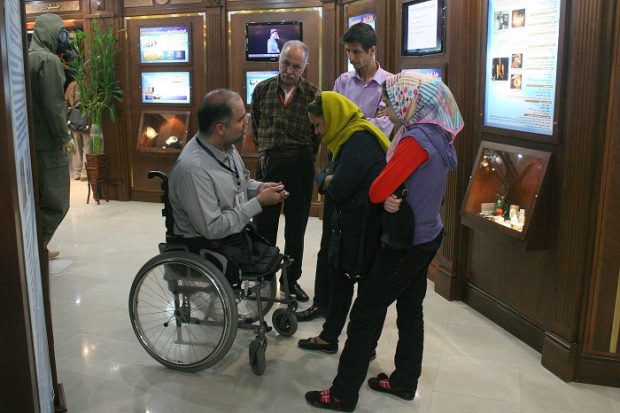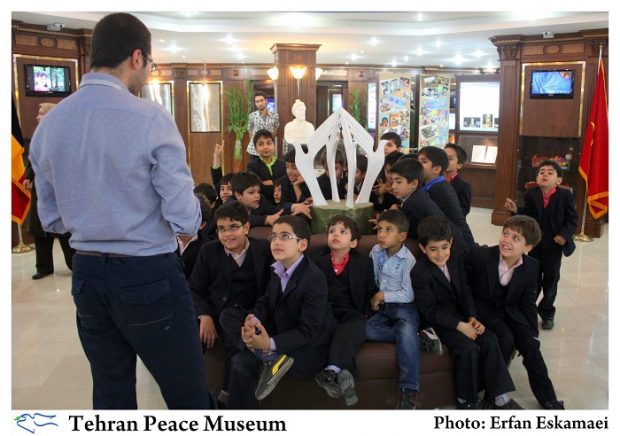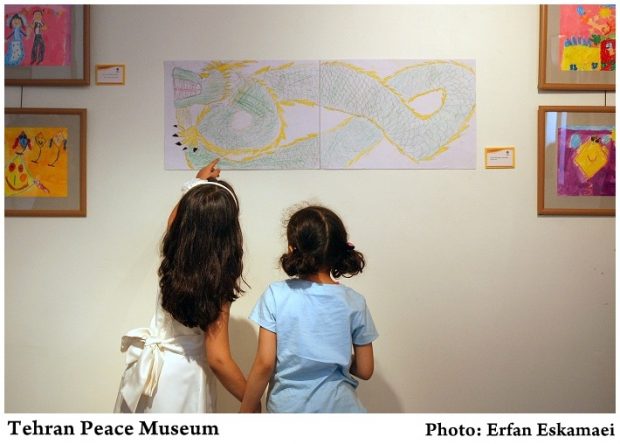
A Strange Museum in Tehran: No to the Chemical Bomb, No to the Atomic Bomb

By Alireza Bahrami
TEHRAN: These days, with the election of Mr. Biden as the next President of the United States, one of the options that has gained strength in some media is the US invasion of Iran before the end of Mr. Trump’s presidency; An option that, of course, seems very unlikely.
The history of the world has always witnessed wars of which there is no memory left except the destruction and murder of human beings. In the modern era of human life, a new approach was formed. In this approach, peace museums became a tool to encourage people and governments to avoid war.
Dozens of peace museums are now operating in many countries in different continents of the world. Sometimes these museums are established in countries with a history of starting a war. These peace museums are supposed to prevent war from happening by condemning it. Sometimes peace museums have been established in a country on which war is imposed. In Iran, about 15 years ago, the Association for the Protection of Victims of Chemical Weapons in Tehran came up with the idea of opening a peace museum.

Afterwards, members of the association traveled to Hiroshima in Japan to learn about the Japan Peace Museum.
Now the Tehran Peace Museum is located on the north side of one of the large and old parks in the Iranian capital, focusing on two categories: chemical bombs and atomic bombs. In the field of chemical bombs, attention has been paid to Iran’s bitter experiences in some of its western regions during the invasion of Iraq. The experience of Hiroshima and Nagasaki has also been considered in the field of atomic bombs. Visitors to the museum also get acquainted with active peace movements around the world.

Former UN Secretary-General Ban Ki-moon visited Tehran peace museum during his visit to Tehran. He then said a sentence during his speech that was not in the text of his speech: “during my visit to the Tehran Peace Museum, I was more determined to try to prevent the use of chemical bombs,” he said.
The Tehran Peace Museum has a special feature. The director and all its active members, including the guides, are victims of war and chemical bombs. The museum director lost both his legs in his youth during the war. Some museum guides were also damaged in the lungs or eyes by chemical bombs during the war. These are, in fact, living documents of the effects of the war. The war which was not for them, but sacrificed the people of the cities.


